Film Friday: Portraits of Nepal on Hasselblad 500cm
by fiftyasa
Dear Brandon and Steve,
Once again thanks for keeping up the good work with your website!
I just came back from a trip to Nepal and would like to share some film shots taken with a Hasselblad 500cm, Planar 2.8/80 and TriX400 or TMAX100 (last 2 images).
As you might recall, Nepal was heavily hit by a terrible earthquake last year. The signs are still visible with several temples and buildings destroyed. In addition to the earthquake devastation, the country is now suffering from a border blockade (explained for example here) which leaves the population with shortage of fuel, gas and medicines.
In spite of this, Nepal remains a wonderful country and a photography paradise! Nepal needs today more than ever that tourists return to visit its amazing valleys, mountains and villages and enjoy the hospitality of its people. My strong recommendation is to go without hesitation! If you are a travel photographer, this country is a gem!
Most of the images below are taken in remote villages off the beaten tracks where accommodation is home-stay based: you will stay with a hosting family, eating with them and sleeping in their houses. This is an amazing experience that no hotel in the world can give you.
The rest of the images are visible here: https://fiftyasa.wordpress.com/portfolio/portraits-of-nepal-on-film/
If you also want to see digital images of the trip same (taken with a Leica M9), you are welcome to visit my website here: https://fiftyasa.wordpress.com/portfolio/nepalunknown/
Negatives are digitalized with a Sony A7 mounted on a copy-stand with an Apo-Rodagon D1x (a merge of 2 shots gives you 36 MPixel resolution per frame).

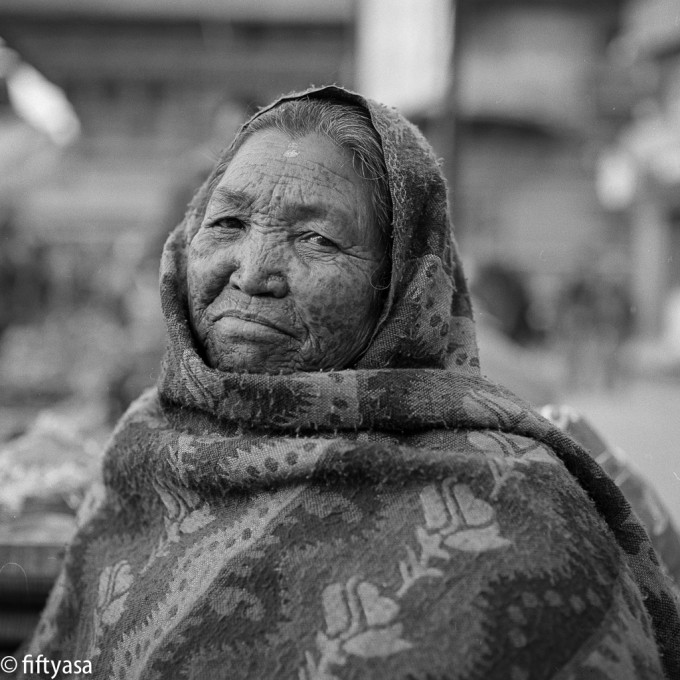
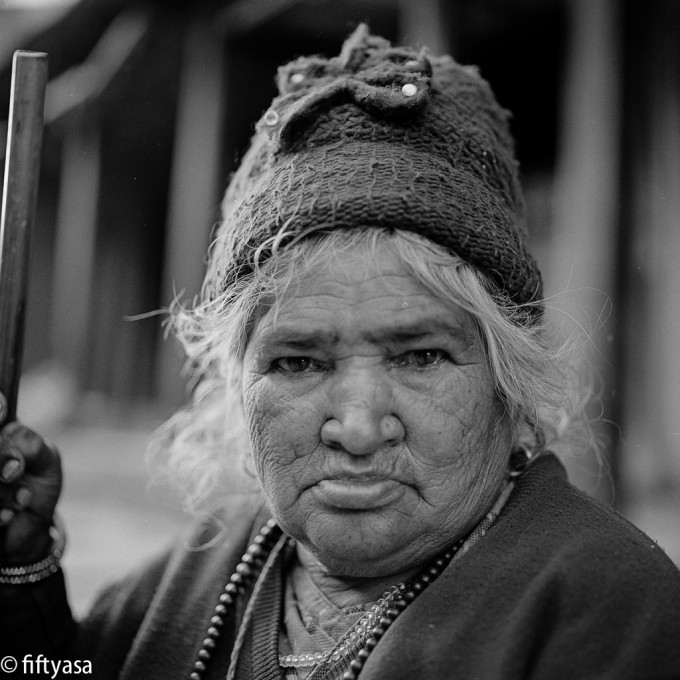
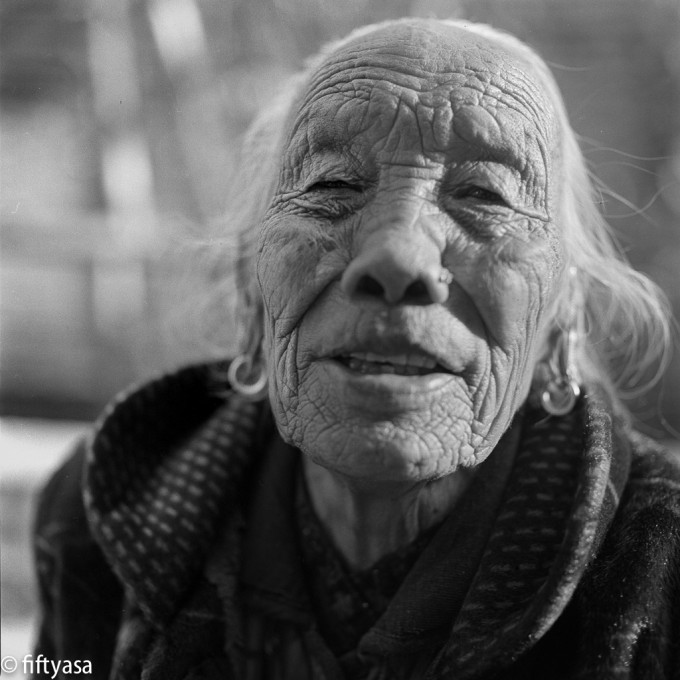
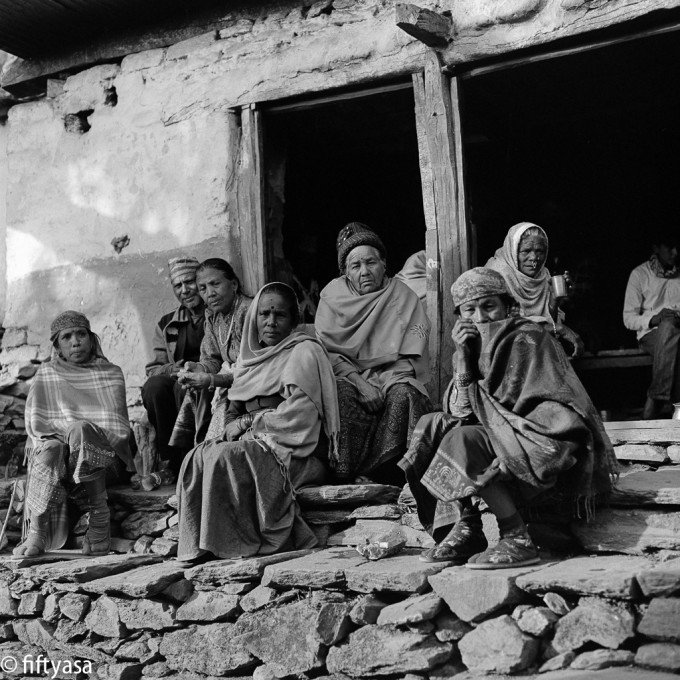
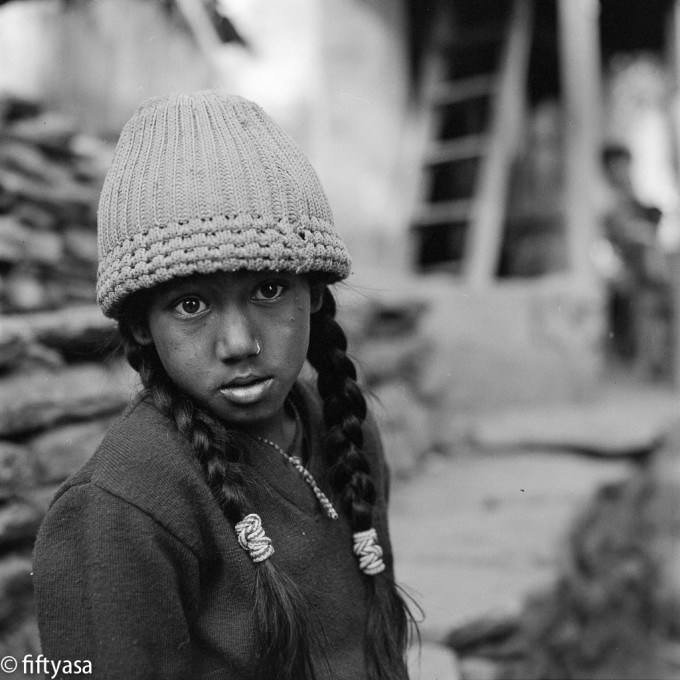
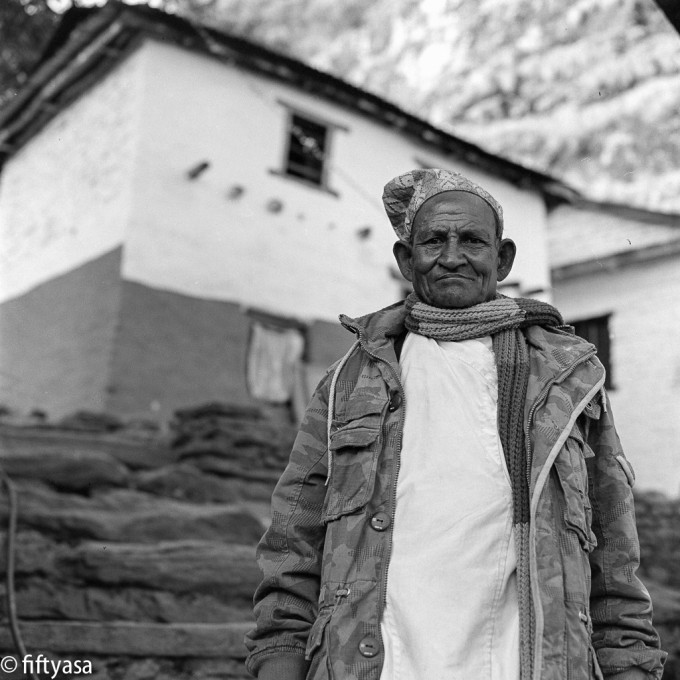
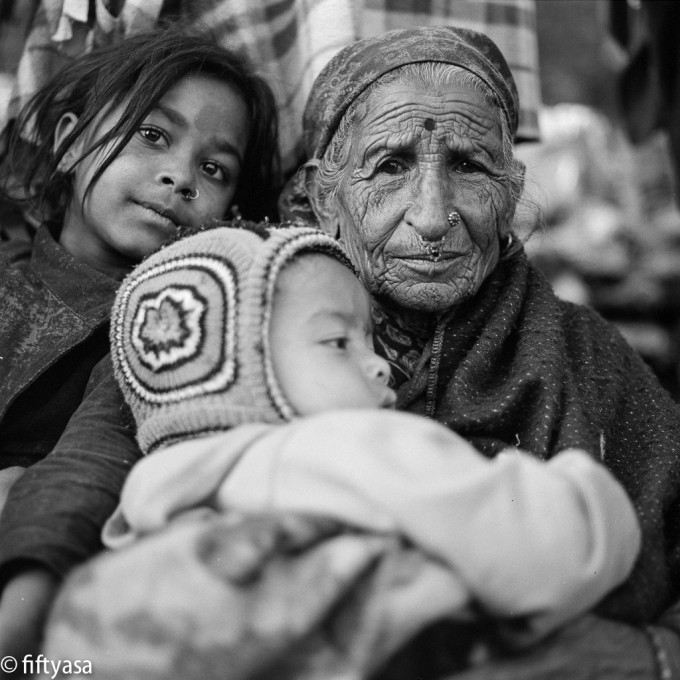
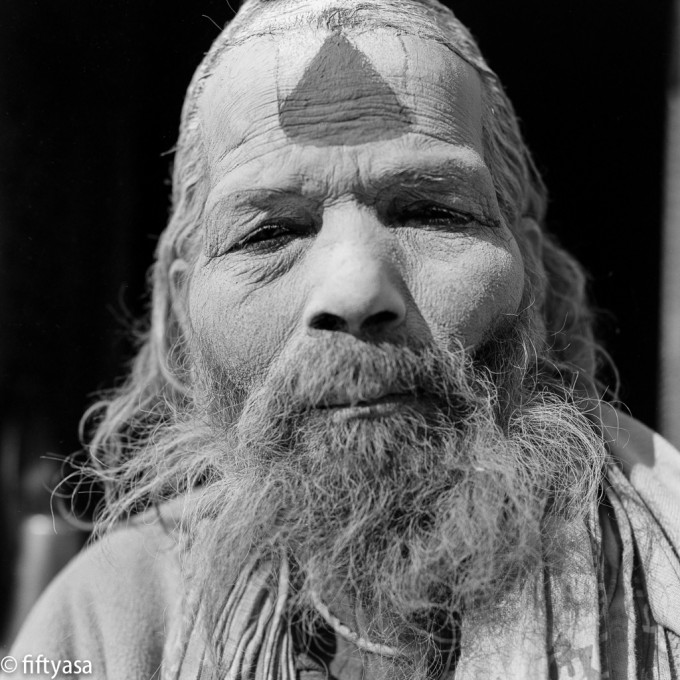
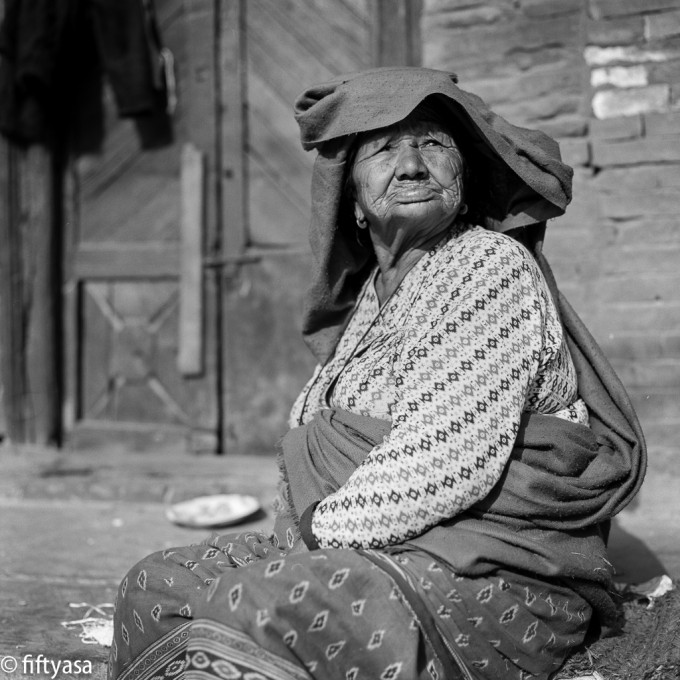


Great stuff! Black and white film still produces amazing images.
Excellent shots ! Thanks for sharing.
I enjoyed it! Well done!
beautiful rich images. well done.
Wonderful pictures! One camera, one lens, one type of film and the magic is there.
Thanks
Just a regular guy here, not much of a photo-nerd, but I remember tri-X and it certainly has magic, as you show here. Some really outstanding portraits. Thanks for sharing!
I enjoyed looking at these intense and moving portraits! The visual presentation is different to the current mainstream and the shallow DOF makes it easier and more natural to concentrate more on the faces.
Your technical approach with the digitization is very interessting indeed and I intent to do the same with my 6×7 BW Negatives, especially because scanning with a current medium-format scanner seems to be a frustrating thing to do.The internet is full with reported problems, mainly caused by all kinds of stripes and the unability of focusing these scanners,- to get maximum sharpness out of the films is more or less a gamble, within the “tolerances of DOF”.
Let me please ask one question:
how do you make the sensor-plane and the negative parallel on your copystand?
In this micro-scale this is not an easy thing to do.
Nevertheless: you created wonderful, classical portraits !
Thanks for sharing.
Lothar
Hi Lothar, thanks for the comment. Indeed the alignment of the negative plane with the camera sensor plane is the most difficult thing to achieve. A fraction of mm of misalignment will bring the edges of the negative out of focus. I believe a good copy-stand can be helpful, but I use a cheap copy-stand but where I have anyway full control on the camera sensor plane through different nobs.
I start by aligning the camera with the negative using a bubble level. First put the bubble level on the negative, then on the camera display and adjust to have exactly the same orientation of the negative. Then I focus on the middle of the frame at 100% zoom on the camera display. Then check the lower left and the upper right corner for correct focusing.
It is extremely important that the negative stays flat. The TriX400 for example does not stay flat and I have to squeeze the film between 2 anti-newton glasses (non sure if you really need AN glasses). The glasses are laying on a led light pad. Glasses are good to keep the film flat but they attract more dirt. So in general, better to avoid them, but not at the expense of a non-flat negative.
Then I shoot RAW with the electronic first curtain option of the Sony A7 enabled. This is VERY important on the Sony A7. On a DSLR I would use mirror lock-up or similar. Finally you can import directly in LR/PS and reverse the tones with the tone curve. Alternatively I use the negfix8 tool (free) after converting to linear tiff with a tool called MakeTiff (also free). Then import jpg (98% quality) or tiff to LR for final adjustments (basically tone curve and clarity).
On 6×7 I would take multiple shots and then merge in PS to extract all info on the film. One single shot is good for 35 mm and maybe 6×4.5. Above that you need multiple shots or a higher resolution camera if you want to extract all info on your negatives. Hope this helps.
Hi fiftyasa, I want to thank you a lot for your detailled an very helpfull hints concerning
camera-scanning.
In the meanwhile (after reading a lot of info in the internet) I’m convinced that this route is the most promissing way to digitize BW negatives of all formats.
Especially with mediumformat and LF, stitching allows easily to decide from case to case, how much resolution is necessary in the final image, even up to heights which are not possible with common scanners,- as long as the alignment issue is solved.
There is a Versalab Laser Alignment tool (basically to align enlargers and easels) but which I don’t have, but this might be a tool I’m thinking of.
In scientific forums I saw microscopic and archeological pictures which were stitched with the help of up to 250 captures, and the quality was tremendous, even for very large prints.
And all this with ordinary tools.
This just as an aside to mention the potential this technic is capeable of.
Thanks again for sharing.
Lothar
Inspiring work. Your connection with the subjects comes through vividly.
The work flow is ambitious as well. Still have my 500cm kit but have not touched it in many years. One forgets the lovely rendering of roll film and a Planar.
These are impressive! I would like to learn about your hybrid workflow.
Thanks, Gerd. See below.
Wonderful images the clarity is striking yet there is still the less clinical rendering of film.
I am intrigued by your method of digitizing your images.I shoot 35mm and scan with a Nikon coolscan v which is good but scanning medium format that is the question ?
I would love to see more posts more images and a write up on your scanning technique in the future -thanks.
Thanks for the comment. you can see a mini write-up on digitalizing with my set-up here: https://fiftyasa.wordpress.com/2014/10/01/digitalizing-negatives-scanner-or-macro/
More comments below
Your rapport with the people shown here overshadows the brilliant photography! Well done.
Rich and beautiful images.
Not bad at all, but I honestly feel Craig Mod has done a better job with his Panasonic GF1.The link is http://craigmod.com/journal/gf1-fieldtest/ … such a small (M43) camera, such fantastic photographs ! The lesson here: the camera is a tool for taking photographs, but it’s the photographer who actually takes them. No offence meant …
I disagree these shots are far more appealing and realistic than the ones in your link. It’s quite a tasteless thing to even compare them on this post.
High altitude, thin air, age, difficult living conditions, and high detail photography are not kind to the skin.
Very nice indeed!!
Lovely work!
Some nice shots, however the dof is too thin IMO for all the close up portraits.